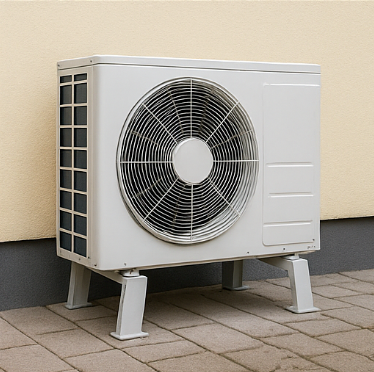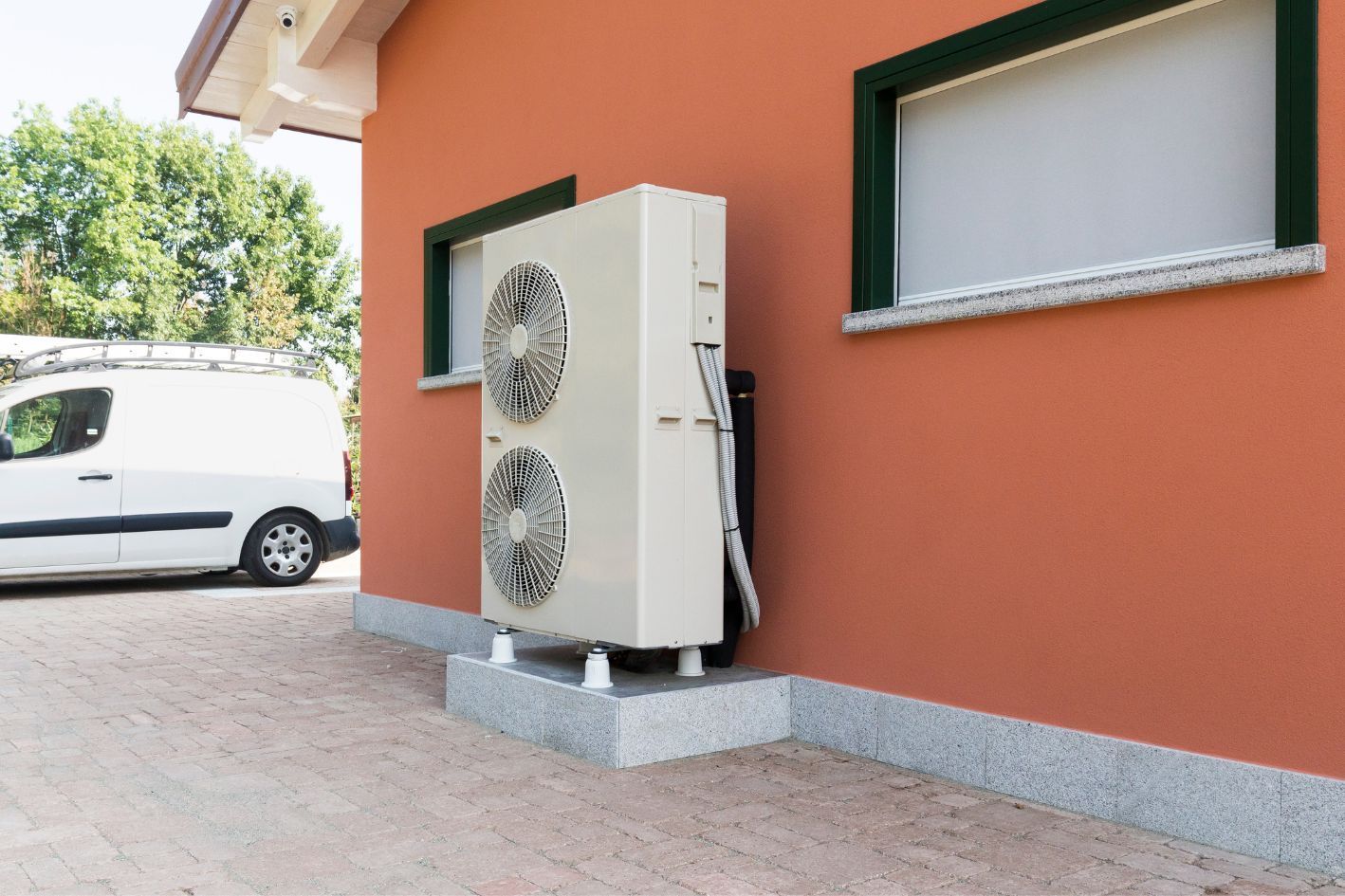The Evolution Of Air Source Heat Pumps

Air source
heat pumps have
significantly evolved since the beginning, in terms of both
technology and
design, this has resulted in a more
efficient heating and cooling solution. Throughout this blog post we will discuss the
history, why they have become such a
popular option and possibilities of
future evolutions.
The Early Stages Of Air Source Heat Pumps
The first use of air source heat pumps dates back to the 19th century, with the very first air source heat pump developed in the 1940's. During the early stages of these systems, air source heat pumps were far less energy efficient, and they also took up a lot more space. The evolution of these units have led to a sustainable, energy efficient heating and cooling system, allowing for more advanced systems in the future.
Efficiency Advancements
We witnessed huge technological
advancements in the
1970's and
1980's, this resulted in
increased efficiency within air source heat pumps. This is when variable-speed
compressors were introduced, allowing us to
change the system's output depending on the heating
requirements of our home. This lead to a
decline in
wasted energy and therefore
cheaper running costs for households.
Integration Of Smart Technology
Since air source heat pumps utilised
smart technology, they have grown
increasingly in popularity. Modern systems now include a
Wi-Fi connectivity feature, this allows homeowners to
control their heating from their
phone, making it easier for us to
reduce energy usage when we aren't home. This increased level of control allows for more
efficient temperature regulation and higher
convenience.
Increased Sustainability
In recent years, as a society, we have become more environmentally aware. Air source heat pumps are a great solution to reduce harm to the environment and contribute to a cleaner future, as they emit fewer greenhouse gases. Air source heat pumps generate renewable energy from the air, making them far more energy efficient and sustainable than traditional heating solutions that rely on fossil fuels.
Future Expectations
The future of air source heat pumps is exciting, we can expect further ecological advancements that will lead to boosted efficiency and functionality, making them an even better heating and cooling solution. As governments across the world push for increased use of renewable energy, we can expect air source heat pumps to play an important part in this.
Finally, the ecological advancements and evolution of air source heat pumps have shown in the form of increased efficiency and sustainability. These systems have grown such a popular option within households looking to increase their energy efficiency and lower their bills due to these advancements. With evolution continuing, we can expect these advancements to grow even more substantially, allowing us to build a greener future.











